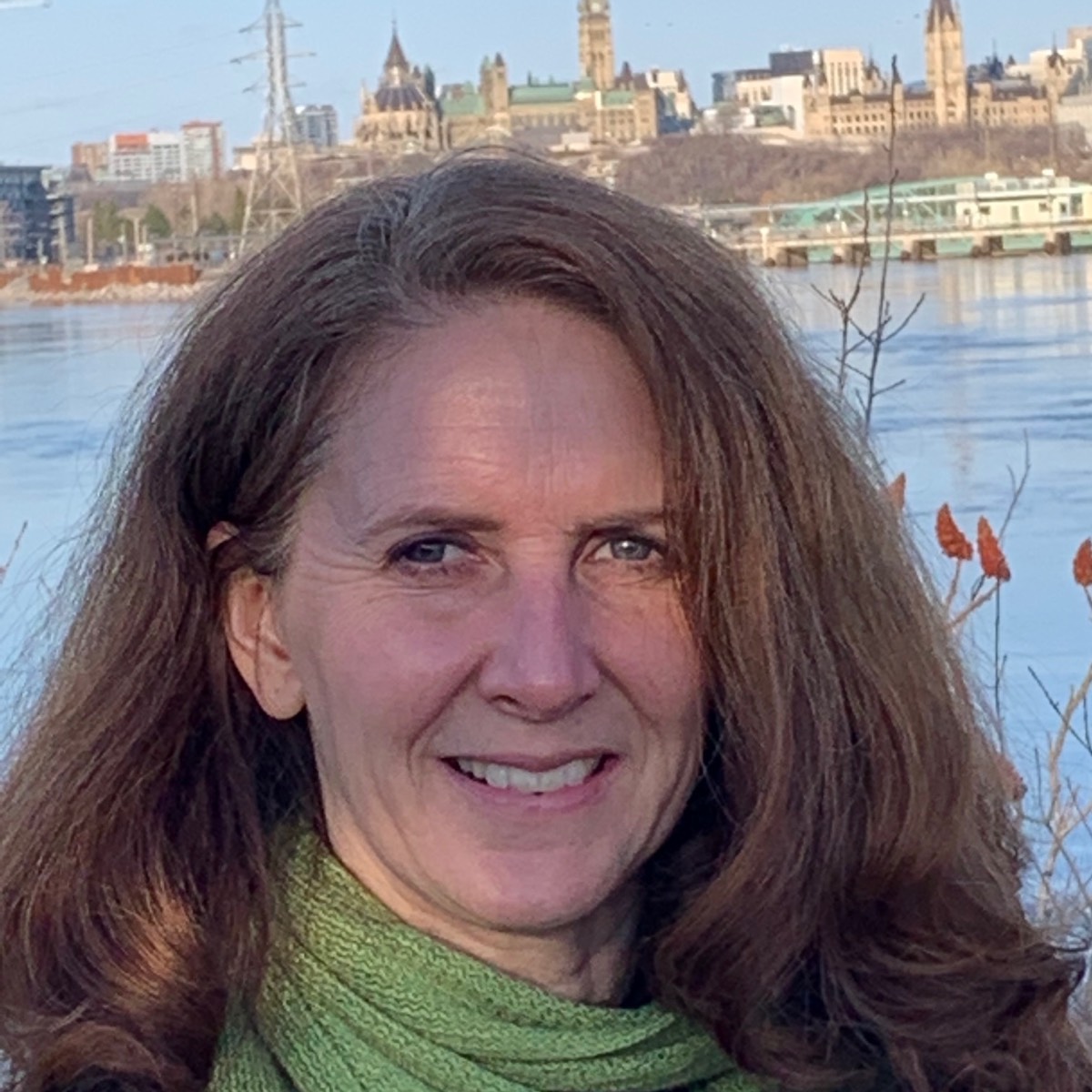Moving to a new city is always a big change, but for Inuit people leaving their homes in the North and moving to Ottawa the challenges are even more daunting. The size of the city may seem overwhelming as they adapt to finding their way around and using public transit. They may also need to navigate their way through the education system or health care system. There’s culture shock leaving small Inuit communities to live among strangers who don’t speak their language. They may feel very alone, but fortunately, they are not alone. There is the Inuuqatigiit: Centre for Inuit Children, Youth and Families.
The Inuuqatigiit Centre offers an Inuit-specific wrap-around model of care, which offers support to all Inuit families with services for all ages, provided by mostly Inuit staff.
Ottawa is home to the largest population of Inuit people outside of the North. There are about 6,000 Inuit in Ottawa, not including those who live in Gatineau and cross the Ottawa River to take part in activities at the Inuuqatigiit Centre.
Inuuqatigiit executive director Stephanie Mikki Adams told Crosstalk that Inuit come to Ottawa for “a multitude of reasons” — the Southern lifestyle, medical treatments, to access programs and supports that are not available in the North, higher education, or to support family members who are moving down. “And of course, Ottawa is a beautiful city,” she added.
Founded in 2005 as a daycare and early childhood education centre, Inuuqatigiit has grown and extended its programs to meet the needs of the growing Inuit population. Adams estimates that Inuuqatigiit now serves between 200 and 300 children and youth, as well as their families and any Inuit individuals in the city. In 2005, there was a staff of five. Now, there are 130 staff (full, part-time and casual). “At first, we started only on the corner at 230 McArthur. Today, we are now running out of seven locations,” said Adams. “Our ultimate goal is to have one centre that will hold all programs.”
Inuuqatigiit’s culturally specific childcare is in high demand, and a second location is set to open on May 1. Each location has spaces for 49 children, and the new facility will have space for 10 infants.
Adams, who has been Inuuqatigiit’s executive director for three years, explained that soon after the Centre was established, its staff recognized “that more supports were required for the children to ensure that as they were growing and phasing out of the childcare, they were still connected to our culture and environment.” So, the Centre expanded its services to include a youth department and a family well-being department. “Our youth services have a variety of programs such as the Right to Play program, after-school program, programs for our high-risk youth. We just started youth employment services to help connect them to employment and to give them work skills,” she said. In April, the Centre planned to have its first career fair.
Adams said they also saw the need for mental health supports.
“We have counsellors and cultural navigators, and a youth employment program within the mental health department.”
“One of the silver linings of the pandemic is the birth of our educational hub program,” said Adams. To provide Inuit students with additional help while classes were online, “we were able to get funding through the Children First initiative to create what is called an educational hub, which is a classroom setting for Grades 1 to 12. It’s a place where students were able to come together with a teacher, a teacher’s aide and a cultural assistant, so they were still in a classroom setting with other Inuit students, with an Inuit teacher and access to Inuit elders.” The program provides tutoring as well as Inuit cultural and language connections. Innuqatigiit will now also be able to provide the same supports to post-secondary students.
Deborah Tagurnaaq, who works as an Elders’ consultant and Inuuqatigiit’s parent co-ordinator and has also recently been appointed as Inuit Advisor to Bishop Shane Parker of the Anglican Diocese of Ottawa, told Crosstalk that her children experienced bullying in their public school but benefited and drew strength from being with their Inuit peers in the hub.





St. James, Morrisburg — Stormont Deanery